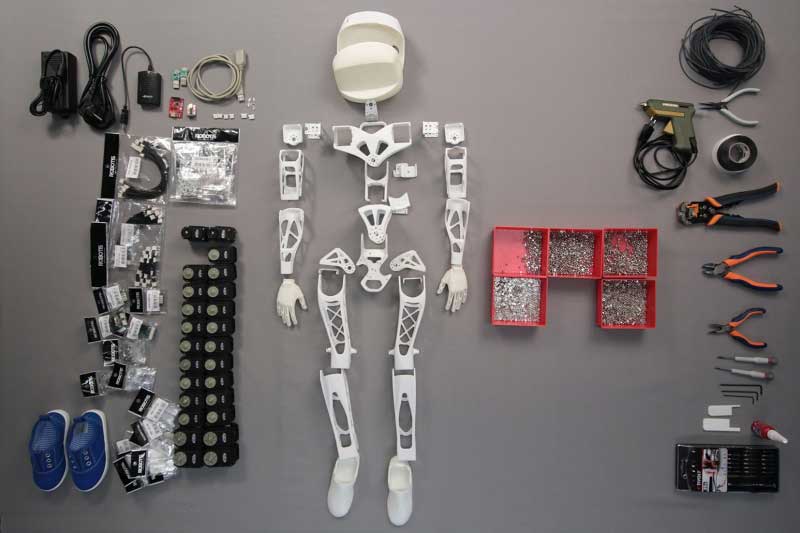Prague Post

An the open-source, 3D-printed robot is set to inspire innovation in classrooms
Meet Poppy, the first completely open-source, 3D printed, humanoid robot (@poppy_project). Poppy is a robot that anybody can build and program. That means it’s not just a tool for scientists and engineers: the team of developers aims to make it part of vocational training in schools, giving students the opportunity to experiment.
Poppy was developed in France by Inria’s Flowers team, which creates computer and robotic models as tools for understanding developmental processes in humans. Dr Pierre-Yves Oudeyer, who holds an ERC Starting Grant in Computer Science and Informatics, explains: “Very little has been done to explore the benefits of 3D printing and its interaction with computer science in classrooms. With our Poppy platform, we are now offering schools and teachers a way to cultivate the creativity of students studying in areas such as mechanics, computer science, electronics and 3D printing.”


 By
By 
 by John Biggs — TechCrunch
by John Biggs — TechCrunch








